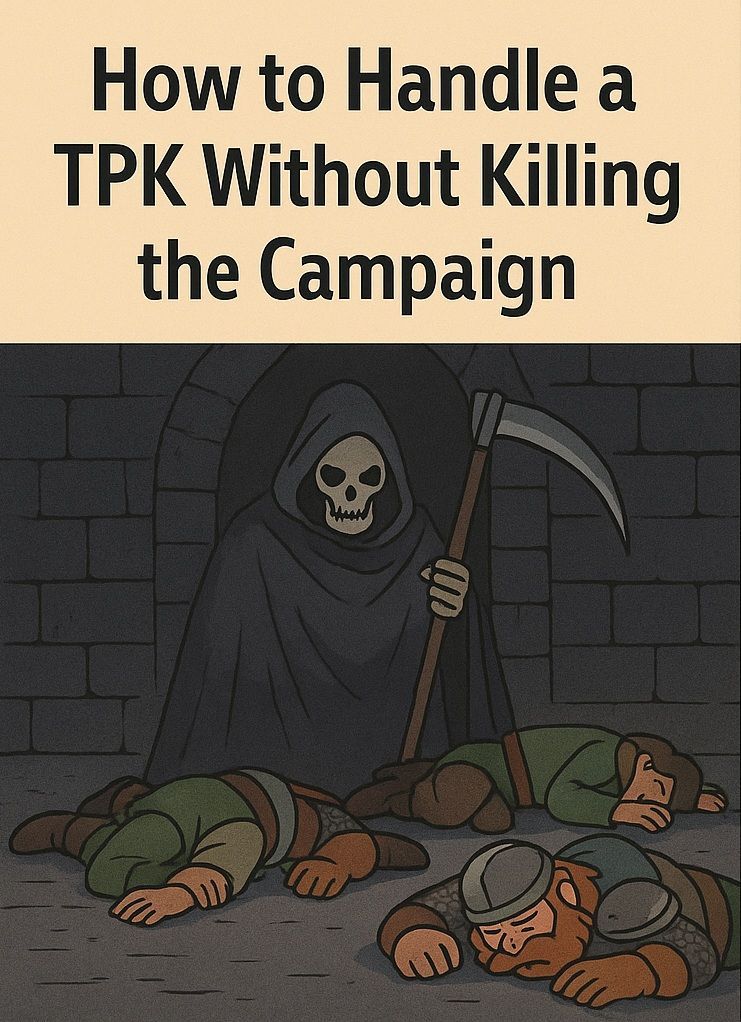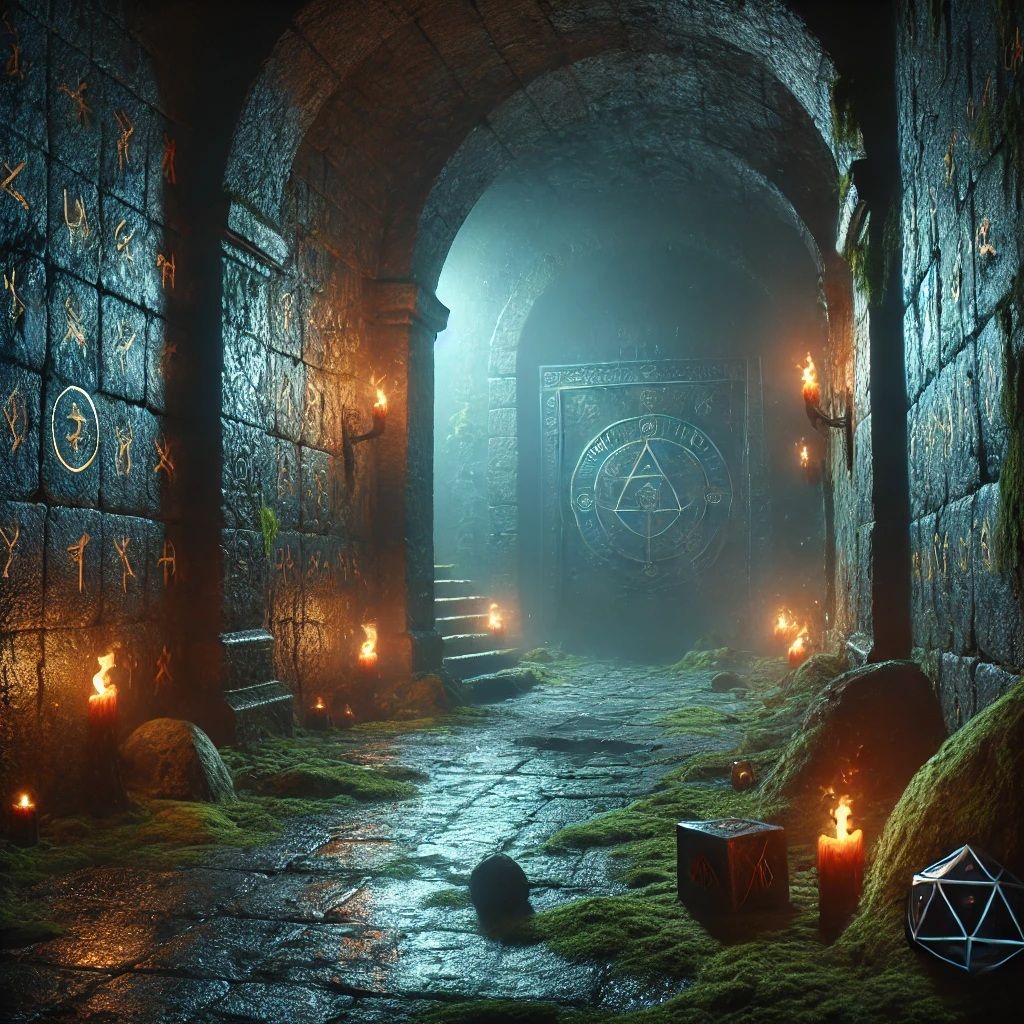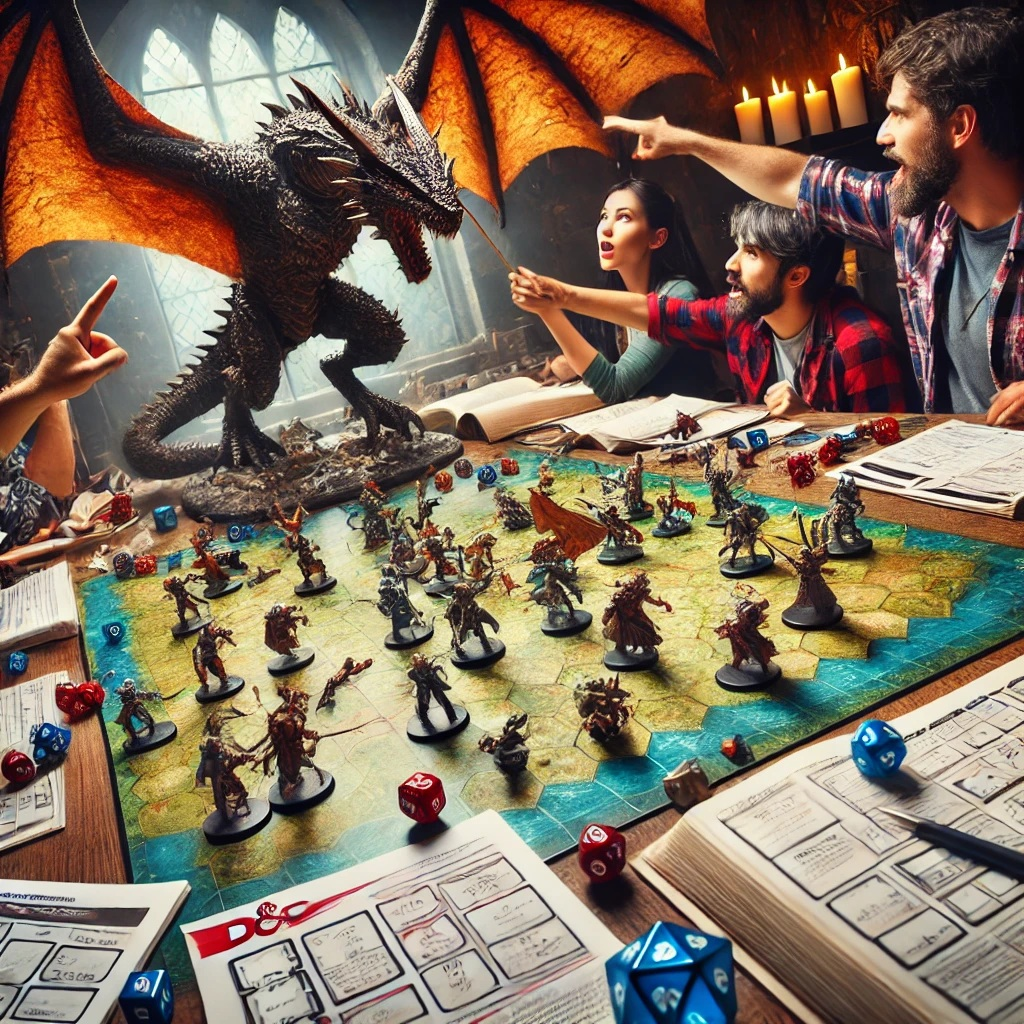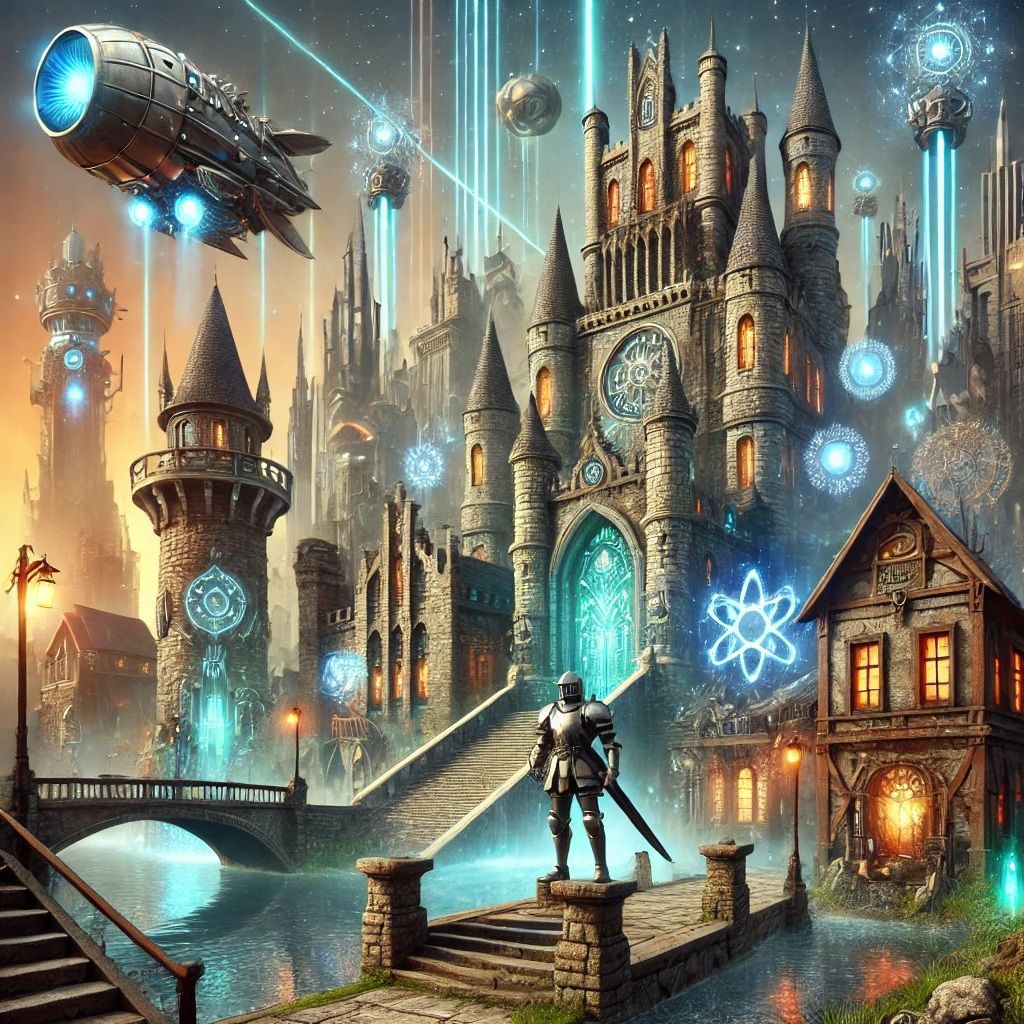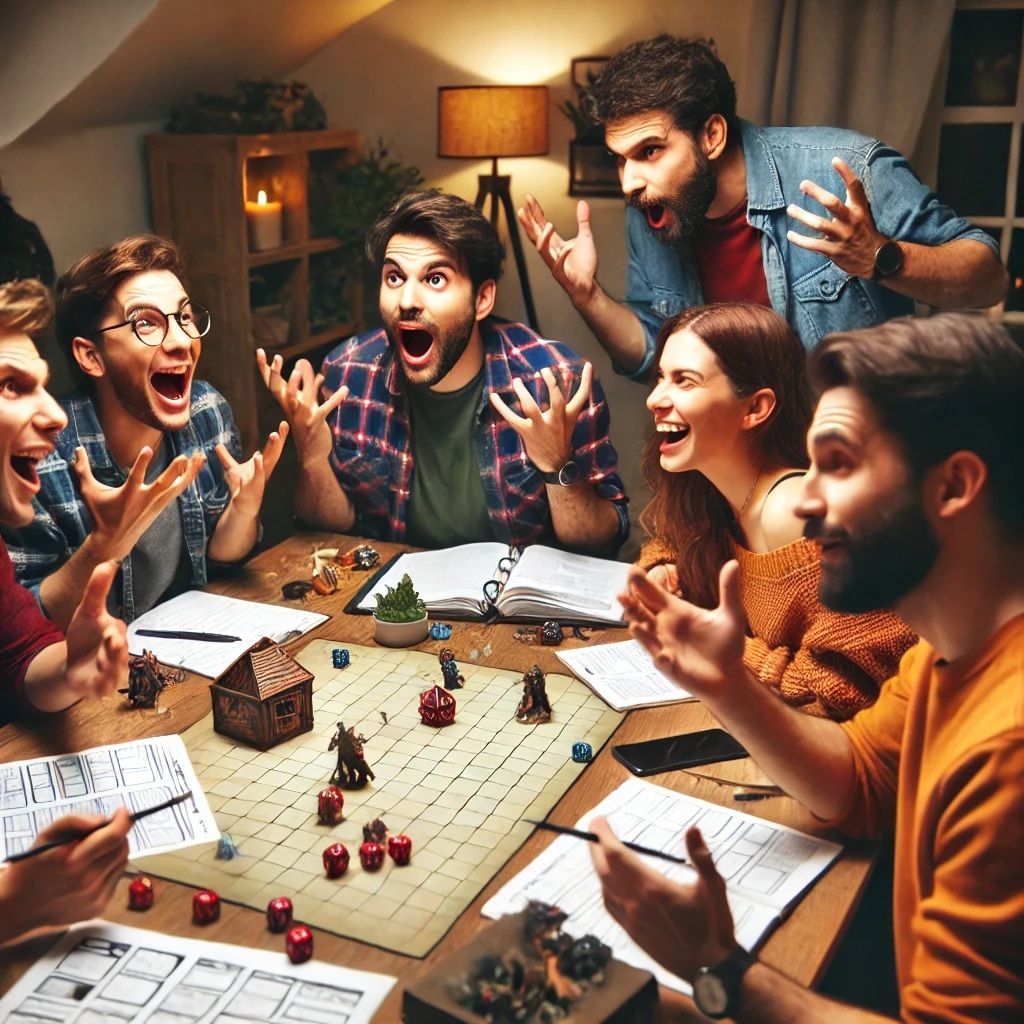Collaborative Worldbuilding: Involving Your Players in Creating the World
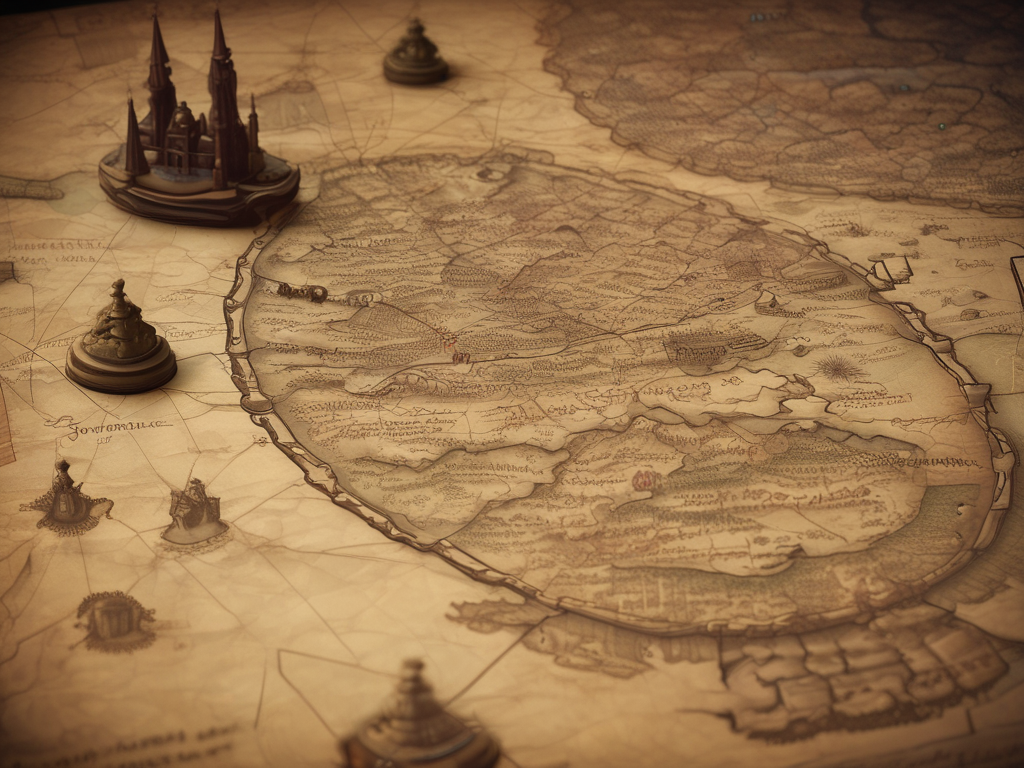
Dear Readers, welcome back to our Dungeons & Dragons (D&D) blog! Today, we’re diving into a topic that can transform your campaign into a truly immersive and engaging experience: collaborative worldbuilding. Involving your players in the creation of the game world not only enriches the setting but also fosters a sense of ownership and investment in the story. Collaborative worldbuilding allows players to contribute their ideas, backgrounds, and creativity, resulting in a unique and dynamic world that everyone feels connected to. In this post, we’ll explore the benefits of collaborative worldbuilding, techniques for incorporating player input, and practical tips for managing the process. So, let’s embark on this journey to create a vibrant and engaging world together.
The Benefits of Collaborative Worldbuilding
Collaborative worldbuilding offers numerous benefits that can enhance your campaign and deepen player engagement. Here are some key advantages:
1. Enhanced Player Investment
When players contribute to the creation of the world, they become more invested in the setting and its narrative. This investment translates into increased engagement and enthusiasm during gameplay.
Example: A player who creates a unique city for their character’s backstory will be more interested in exploring that city and its surrounding areas.
2. Richer Worldbuilding
Collaborative worldbuilding brings diverse perspectives and ideas to the table, resulting in a richer and more nuanced world. Each player’s contributions add layers of detail and complexity that a single Dungeon Master (DM) might not think of alone.
Example: One player might introduce a culture with unique rituals, while another might create a mysterious forest with its own lore, adding depth to the world.
3. Stronger Character Integration
When players help build the world, their characters are more deeply integrated into the setting. This leads to more meaningful interactions and plot developments that are closely tied to the characters’ backgrounds and motivations.
Example: A character’s backstory involving a rivalry with a local noble can lead to plot hooks and conflicts that drive the campaign forward.
4. Increased Player Agency
Collaborative worldbuilding empowers players by giving them a voice in shaping the game world. This sense of agency enhances their overall experience and encourages active participation.
Example: Players who feel they have a say in the world’s development are more likely to engage in role-playing and contribute to the story’s progression.
Techniques for Collaborative Worldbuilding
There are various techniques for incorporating player input into the worldbuilding process. Here are some effective methods to consider:
1. Session Zero
Session Zero is a preliminary session held before the campaign begins. It provides an opportunity for the DM and players to discuss the campaign’s setting, themes, and expectations, and to collaboratively build the world.
Steps for Session Zero:
a. Establish the Setting:
Discuss the overall setting of the campaign, including the world’s geography, cultures, and key locations. Encourage players to contribute their ideas and preferences.
Example: The DM presents a basic map of the continent and asks players to suggest the locations of their characters’ hometowns, significant landmarks, and areas of interest.
b. Create Shared Histories:
Encourage players to create shared histories and connections between their characters. This helps integrate their backstories into the world and establishes a foundation for future interactions.
Example: Two players decide that their characters grew up in the same village and share a mentor, creating a bond that will influence their actions and decisions.
c. Define Campaign Themes:
Collaboratively define the themes and tone of the campaign. This ensures that everyone is on the same page and helps guide the worldbuilding process.
Example: The group agrees that the campaign will focus on themes of exploration and discovery, with an emphasis on uncovering ancient secrets and lost civilizations.
2. Player-Driven Worldbuilding Prompts
Player-driven worldbuilding prompts are questions or prompts that the DM poses to the players to encourage them to contribute to the world’s creation. These prompts can be tailored to specific aspects of the world, such as cultures, locations, or events.
Examples of Worldbuilding Prompts:
a. Cultural Prompts:
“Describe a unique festival celebrated by your character’s culture. What is its significance, and how is it observed?”
Example: A player describes a harvest festival where villagers create intricate corn husk dolls to honor the spirits of the fields, culminating in a grand feast and dance.
b. Location Prompts:
“Describe a significant landmark in your character’s homeland. What makes it unique, and what legends are associated with it?”
Example: A player describes an ancient, towering tree known as the Eldertree, believed to be the home of a powerful forest spirit that protects the surrounding woods.
c. Historical Prompts:
“Describe a historical event that shaped your character’s society. How is it remembered, and what impact does it have today?”
Example: A player describes a great war between neighboring kingdoms that ended in a fragile peace, with a yearly remembrance day to honor fallen heroes and promote unity.
3. Collaborative Map-Making
Collaborative map-making is a visual approach to worldbuilding where the DM and players create the game world’s map together. This method allows players to see their contributions come to life and provides a tangible representation of the world they will explore.
Steps for Collaborative Map-Making:
a. Base Map:
The DM creates a basic map with major geographical features, such as continents, oceans, and mountain ranges. This serves as the foundation for further development.
Example: The DM draws a rough outline of the continent, including a central mountain range and several rivers.
b. Player Contributions:
Each player adds to the map by drawing or describing specific locations, such as cities, villages, forests, and landmarks. Encourage creativity and collaboration.
Example: One player adds a bustling port city on the coast, while another places an enchanted forest near their character’s homeland.
c. Collaborative Refinement:
The group discusses and refines the map, ensuring that all contributions are coherent and integrated into the world’s lore.
Example: The players decide that the port city and the enchanted forest are connected by a major trade route, fostering cultural exchange and commerce.
4. Rotating Narrators
In campaigns with rotating narrators, different players take turns acting as the DM for a session or a story arc. This approach allows each player to contribute to the world’s development and introduce new elements.
Steps for Rotating Narrators:
a. Establish Guidelines:
Set guidelines for rotating narrators to ensure consistency and coherence in the worldbuilding. Discuss the overall narrative and key plot points.
Example: The group agrees that each narrator will introduce a new region or faction, but major plot developments will be decided collaboratively to maintain continuity.
b. Collaborative Storytelling:
Each player-narrator adds to the world’s lore and story, building on what previous narrators have established.
Example: One player introduces a hidden underground city inhabited by a reclusive dwarven clan, while another narrates an adventure involving the city’s ancient secrets.
c. Shared Worldbuilding:
The group collectively discusses and incorporates new elements introduced by each narrator, ensuring a cohesive and dynamic world.
Example: The players decide that the dwarven city has a network of tunnels that connect to other regions, creating opportunities for future exploration and adventures.
5. Character-Driven Worldbuilding
Character-driven worldbuilding focuses on integrating the players’ character backstories into the world. This approach ensures that the world feels personal and relevant to each player, creating deeper connections between the characters and the setting.
Steps for Character-Driven Worldbuilding:
a. Backstory Integration:
Encourage players to create detailed backstories that include information about their character’s homeland, culture, and significant events.
Example: A player creates a backstory for their character, a nomadic warrior from the desert region of Ishari, describing their tribe’s customs and history.
b. Collaborative Development:
Work with players to integrate their backstories into the world, adding locations, cultures, and events that reflect their characters’ histories.
Example: The DM incorporates the Ishari desert and its nomadic tribes into the world, adding plot hooks and adventures related to the character’s background.
c. Dynamic Interactions:
Create opportunities for the characters’ backstories to influence the campaign’s narrative, leading to dynamic interactions and character development.
Example: The players encounter a rival tribe from the Ishari desert, leading to a conflict that ties into the nomadic warrior’s backstory and personal goals.
Practical Tips for Managing Collaborative Worldbuilding
Collaborative worldbuilding can be a rewarding experience, but it also requires careful management to ensure coherence and consistency. Here are some practical tips for managing the process:
1. Set Clear Boundaries
Establish clear boundaries for collaborative worldbuilding to ensure that contributions fit within the campaign’s overall setting and themes.
Example: The DM sets guidelines for the campaign’s tone and genre, specifying that contributions should align with a high-fantasy setting focused on exploration and discovery.
2. Facilitate Open Communication
Encourage open communication and collaboration among players. Ensure that everyone’s ideas are heard and considered, and that decisions are made collectively.
Example: During Session Zero, the DM facilitates a group discussion where each player shares their ideas for the world, and the group collaboratively decides on key elements.
3. Document Contributions
Keep detailed records of the contributions made by players to maintain consistency and coherence in the worldbuilding. This documentation can include maps, notes, and summaries of key elements.
Example: The DM creates a shared document where players can add information about locations, cultures, and events they’ve introduced, ensuring that everyone has access to the world’s lore.
4. Encourage Flexibility
While it’s important to maintain coherence, be flexible and open to new ideas. Allow the world to evolve organically based on player contributions and the unfolding narrative.
Example: The DM is open to revisiting and expanding upon previously established elements, incorporating new ideas and developments as the campaign progresses.
5. Balance Contributions
Ensure that all players have the opportunity to contribute to the worldbuilding process. Balance the input to prevent any one player from dominating the narrative.
Example: The DM allocates time during sessions for each player to share their ideas and contributions, ensuring that everyone has a voice in shaping the world.
Case Studies: Collaborative Worldbuilding in Action
Let’s explore a few case studies to illustrate how collaborative worldbuilding can be effectively integrated into a campaign, resulting in a rich and dynamic setting.
Case Study 1: The Kingdom of Valoria
Setting:
The Kingdom of Valoria is a high-fantasy world with diverse cultures, ancient mysteries, and a focus on exploration and discovery.
Collaborative Worldbuilding Techniques:
a. Session Zero:
During Session Zero, the DM and players discuss the campaign’s setting, themes, and key locations. Players contribute ideas for their characters’ homelands and cultures.
Example: One player creates the coastal city of Aeloria, known for its skilled sailors and intricate shipbuilding techniques. Another player introduces the mystical Forest of Eldara, home to ancient elven clans and hidden ruins.
b. Player-Driven Prompts:
Throughout the campaign, the DM uses player-driven prompts to encourage further worldbuilding. Players describe cultural festivals, historical events, and unique landmarks.
Example: A player describes the Festival of Stars celebrated in Aeloria, where the city’s inhabitants gather to watch a meteor shower and make wishes for the coming year.
c. Collaborative Map-Making:
The group collaboratively creates a map of Valoria, adding cities, forests, mountains, and other locations. Each player contributes to the map, ensuring a diverse and dynamic world.
Example: The players add a vast desert region known as the Sands of Khorath, inhabited by nomadic tribes and ancient ruins waiting to be explored.
d. Character-Driven Worldbuilding:
The players’ backstories are integrated into the world, leading to dynamic interactions and plot developments.
Example: One player’s character, a scholar from the city of Eldara, seeks to uncover the secrets of the ancient ruins in the Forest of Eldara, leading the party on a quest to discover hidden knowledge and forgotten history.
Outcome:
The collaborative worldbuilding process results in a rich and immersive setting for the campaign. Players feel invested in the world they’ve helped create, leading to deeper engagement and meaningful character development.
Case Study 2: The Continent of Thaloria
Setting:
The Continent of Thaloria is a land of magic, conflict, and intrigue, with diverse regions and cultures shaped by ancient history and powerful factions.
Collaborative Worldbuilding Techniques:
a. Rotating Narrators:
The campaign features rotating narrators, with each player taking turns as the DM for different story arcs. This approach allows each player to introduce new elements and regions to the world.
Example: One player introduces the enchanted city of Luminas, where magic flows freely and the streets are lined with glowing crystals. Another player narrates an adventure in the rugged Highlands of Durath, home to fierce warrior clans and treacherous mountain paths.
b. Character-Driven Worldbuilding:
The players’ backstories are deeply integrated into the world, influencing the campaign’s narrative and interactions.
Example: A player’s character, a former knight from the kingdom of Arcadia, seeks to uncover the truth behind a mysterious betrayal that led to their exile. This backstory becomes a central plot thread, leading to encounters with old allies and enemies.
c. Shared Worldbuilding:
The group collaboratively discusses and refines the world’s lore, ensuring coherence and consistency across different narrators’ contributions.
Example: The players decide that Luminas and Arcadia have a long-standing alliance, but tensions have arisen due to recent political machinations. This creates opportunities for intrigue and conflict in the campaign.
Outcome:
The collaborative worldbuilding process results in a diverse and dynamic setting, with each player contributing to the world’s development. The rotating narrators approach fosters creativity and variety, leading to a rich and engaging campaign.
Practical Examples of Collaborative Worldbuilding Prompts
Here are some practical examples of collaborative worldbuilding prompts to inspire your own campaign:
1. Cultural Prompts
a. Describe a unique holiday or festival celebrated by your character’s culture. What activities take place, and what is the significance of the celebration?
Example: The Festival of Light is celebrated by the people of Luminas, where they light lanterns and release them into the sky to honor the spirits of their ancestors. The festival culminates in a grand fireworks display that illuminates the entire city.
b. What is a common saying or proverb in your character’s culture? How does it reflect their values or beliefs?
Example: In the Highlands of Durath, the saying “Strength through unity” reflects the warrior clans’ belief in the importance of solidarity and cooperation. It is often invoked during gatherings and battles.
2. Location Prompts
a. Describe a significant landmark in your character’s homeland. What makes it unique, and what legends or stories are associated with it?
Example: The Crystal Caverns of Luminas are a series of underground caves filled with glowing crystals. Legends say that the caverns were created by a powerful sorceress who sought to harness the magic of the earth.
b. What is a hidden or secret place in your character’s homeland that few people know about? What is its significance?
Example: The Whispering Woods in Arcadia are rumored to be inhabited by ancient spirits who can grant visions of the future. Few dare to enter the woods, but those who do often return with newfound wisdom.
3. Historical Prompts
a. Describe a historical event that shaped your character’s society. How is it remembered, and what impact does it have today?
Example: The Great War of Thaloria was a conflict between the kingdoms of Arcadia and Durath that lasted for decades. It ended with a fragile peace treaty, and the war’s legacy continues to influence politics and relations between the two kingdoms.
b. Who is a legendary figure from your character’s culture, and what deeds are they known for?
Example: Lady Seraphine is a legendary figure in Luminas, known for her role in defeating a powerful demon that threatened the city. Her statue stands in the city square, and her story is told to inspire courage and resilience.
Conclusion
Collaborative worldbuilding is a powerful tool that can enhance your D&D campaign by fostering player investment, creating a richer setting, and encouraging dynamic storytelling. By involving your players in the creation of the world, you create a shared narrative that everyone feels connected to, resulting in a more engaging and immersive experience.
Remember to use techniques such as Session Zero, player-driven prompts, collaborative map-making, rotating narrators, and character-driven worldbuilding to involve your players in the process. Manage the collaborative effort by setting clear boundaries, facilitating open communication, documenting contributions, encouraging flexibility, and balancing input.
Until next time, Dear Readers…















